Prime Minister Joseph Muscat announced today that the government has scaled down the size of the American University of Malta campus in Marsascala and confirmed that the second campus will be located in Cospicua, in the disused buildings along Dock Number 1.
Public outcry over the original plans, which would have seen the construction of a 90,000 square meter campus on ODZ land in Zonqor, led the government to issue a call for ideas and a compromise has been found.
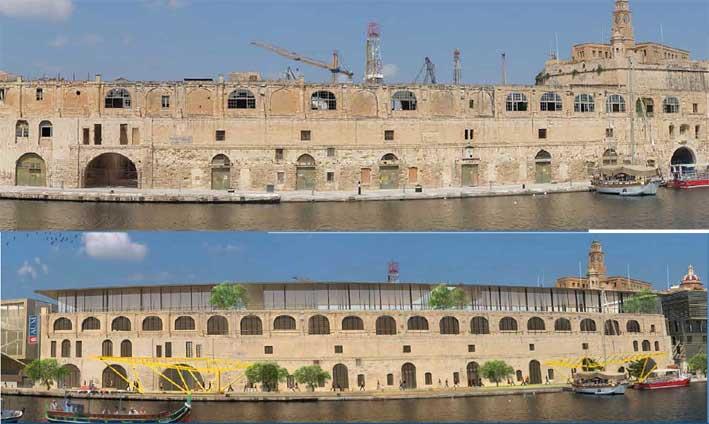

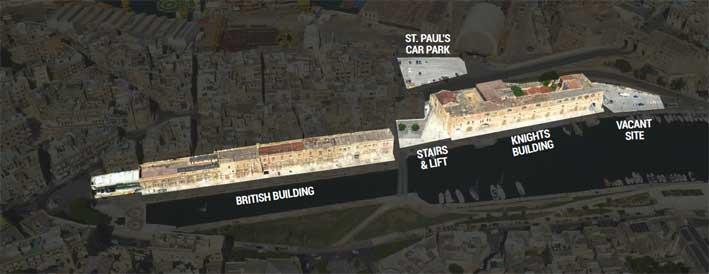
Addressing a press conference this afternoon, Prime Minister Joseph Muscat said the Marsascala campus has been scaled down from 90,000 square meters to 31,000 square meters. The project has also been shifted towards the tip of Zonqor Point, and no agricultural land is set to be taken up. In order for this to be possible, the Marsascala swimming pool and its car park will be removed to make way for part of the campus.
With the new configuration, 18,000 square meters of ODZ land will be taken up (80% less than the original plan) while 13,000 square meters will be built in the area now housing the swimming pool, which is within the development scheme. The part of the land which is ODZ consists of abandoned garigue land. No field will be taken up. A study has found that no eco-systems will be impacted by the project.
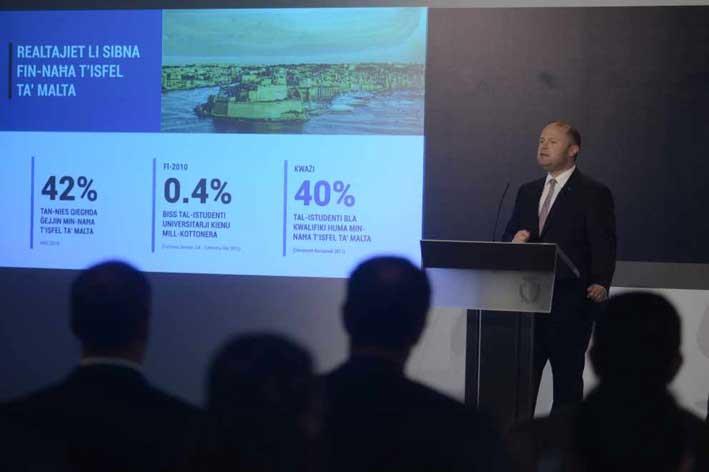
The road running along Zonqor Point will be removed, but the government is assuring that public access to the shoreline will remain. Alternate parking arrangements will be made. The foreshore is, in fact, within the development zone established in the 2006 Local Plan but the government opted to leave it as it is, as the area is ecologically sensitive. Use of the foreshore could have completely eliminate the use of ODZ land but government, acting upon the advice of marine biologists, decided that this was not the way to go.
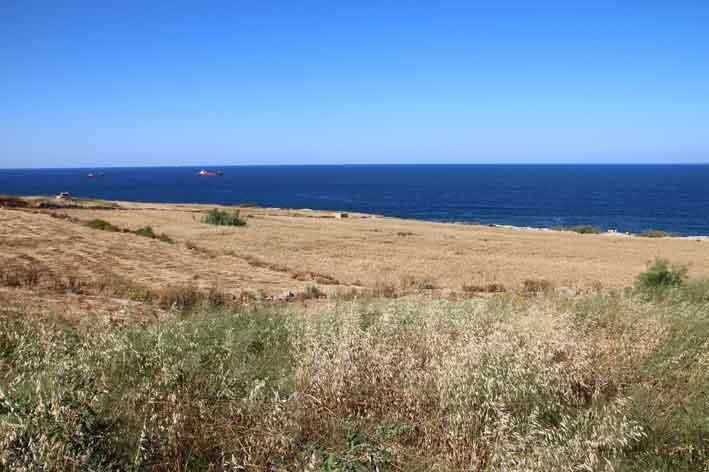

Dr Muscat explained that the project developers accepted to reduce the number of open spaces and the campus will also have a slightly higher profile, allowing for a smaller footprint. Despite the fact that building in the area is permitted up to 40 meters high, the campus structures will only rise by 24.8 metres above street level at the most. It will not have more than four storeys.
The government, it was explained, has already entered talks to build a new swimming pool in the area where the waterpolo pitch is.

The Cospicua campus, described by Dr Muscat as a gift to the locality, will see the regeneration of the buildings along Dock Number 1, including the British Building and the Knights Building. A small part of the recently inaugurated project, namely the steps near the steel bridge, will be taken up by the campus but public access along the quay will remain. The Cospicua campus, which will house two of the AUM’s five colleges, will comprise of 10,800 square meters.

First student intake by end of 2016
A government spokesman said the original deadline for the AUM to receive its first intake of students by the end of 2016 still stands. The Cospicua campus is likely to be completed first. It is not yet clear whether the AUM will make use of Smart City until the project is completed, as originally announced.
The government said it will not be fast-tracking the AUM application, which will have to go through the normal planning procedures.
Architect Ray Demicoli has designed the Marsascala campus while architect Edwin Mintoff is in charge of the Cospicua site.
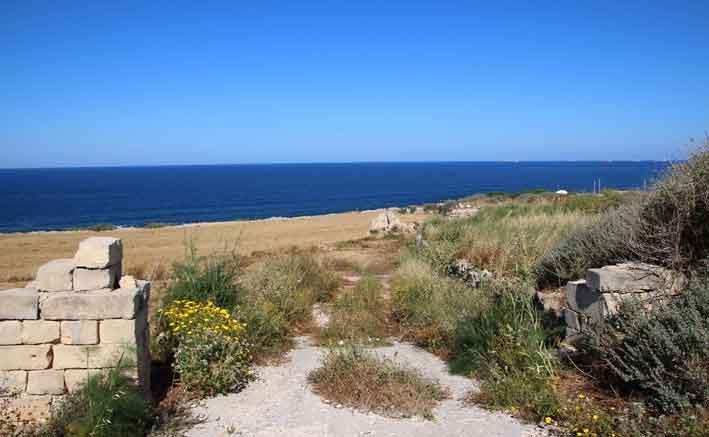
Over 600 suggestions, 12 sites shortlisted
The government received a total of 626 suggestions during the public consultation periods but only 428 were considered valid. These related to 169 sites. Out of these, 12 were shortlisted.
Many sites were not shortlisted because of their small space, because they are earmarked for other projects or because of the lack of access roads. Some of the suggestions included the Marsa open centre, the former shipbuilding site and the Delimara lighthouse.
The 12 shortlisted sites were still not big enough to host the entire campus. These were: Fort Ricasoli, Fort Rinella, Fort St Leonard, the Delle Grazie Battery, Dock Nr1, Fort Delimara, the Wolseley Battery, Fort tas-Silg, St Paul Battery, the Zonqor Point swimming pool complex and a site in Tarxien. Most of the sites were discarded because of the lack of space and access roads. The construction of new access roads would have taken up large areas of ODZ land.
The possibility of combining two of these shortlisted sites was also explored but no combination offered enough space for the entire campus. In the end it was decided that the Zonqor area should be scaled down and moved slightly southwards and the second campus would be set up in Cospicua. This would also serve to further regenerate the site.
The Marsascala swimming pool site was chosen because it is within the development scheme, has the necessary access roads and would reduce the original planned ODZ take up. Since the area in question, including the swimming pool complex, is state owned, there will be no need for expropriation.
Dr Muscat also announced that the plans for a natural park in Zonqor still stand. A steering committee is currently drafting the management plan. The area that will be declared a natural park is the same one designated as such in 2006, less the 18,000 square metres of ODZ land that will be taken up by the campus.
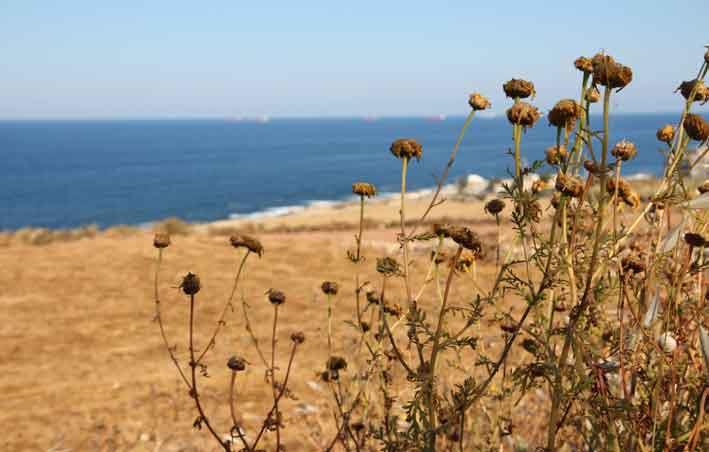
We achieved a better result - PM
Prime Minister Joseph Muscat said that, following a wide consultation exercise, the stakeholders had come to a more just solution and a better result. Dr Muscat spoke about the many sectors forming the Maltese economy and said the government would start focusing on education and health as the major sectors leading to economic growth. The government has, in the past two years, already attracted around €500 million in foreign investment in these two sectors.
He referred to the recently announced investments in the health sector, including the medical school and new hospital in Gozo and the St Luke’s project. The next step is the American University of Malta, which will leave an “obvious” effect on Malta’s economy.
The PM said 42% of unemployed persons lived in the south. Only 0.4% of university graduates came from the Cottonera area and 40% of unqualified students came from the south. The area was characterized for many years by a lack of education and investment and was regarded as the country’s dump site. The south deserves better, he said. The government would make sure that the people of the south are given more education and employment opportunities.
Many people said they agreed with the government but not with the location. The government could have pushed ahead with its plans but instead, it listened to the people and changed the plans. He insisted, however, that doing nothing in the south was out of the question.
He conceded that rent prices in the area will rise but said that so will the value of property. Traffic could also increase but most students would likely use public transport. The university would also lead to the creation of some 400 new jobs and the Marasascala and Cospicua commercial communities would surely appreciate the business generated by the student population.
Asked if he was willing to declare that the government would never use ODZ land again, Dr Muscat said virgin land would not be used unless as a last resort. Asked if, from a political point of view, it would have been better had the government gone down this road in the first place, thus avoiding resistance and embarrassment, Dr Muscat said: “yes, definitely”
Replying to another question, Dr Muscat confirmed that some of the planned sports facilities had been left out of the update plans but said efforts were underway to identify a new site for a full size football pitch. This would not be built on ODZ land.
Prime Minister admits that he went about this the wrong way - PN
Today’s press conference was the result of the pressure mounted by the PN, the environmental lobby and civil society.
The PN takes note of Prime Minister Joseph Muscat’s admission that he went about this in the wrong way just like on many other issues.
“After Dr Muscat had compromised his position by isolating himself, he had no option but to go back to the drawing board.
“It is a pity that his only solution to avoid using ecologically sensitive land was to resort to a smaller footprint of ODZ land. For the Opposition, this remains a matter of serious concern.
“The government is constantly putting itself in a situation of having to clean up its own mess. There is a better way to run the country, the PN said.
AUM Presentation